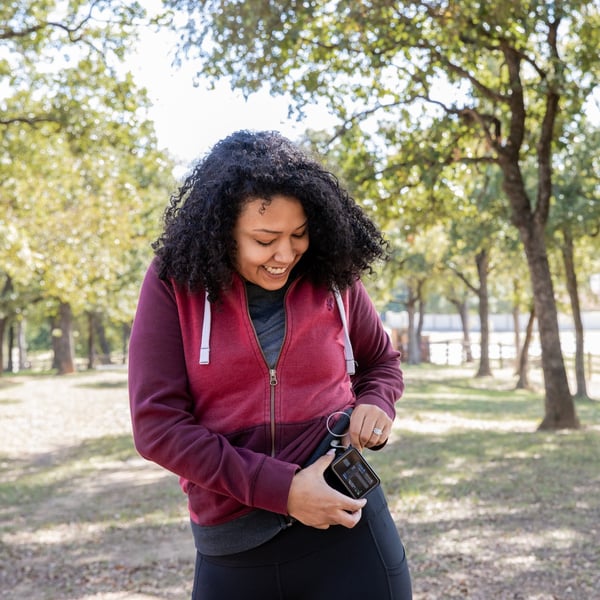
Diabetes is the fastest growing chronic disease affecting millions of people worldwide. Researchers believe that the diabetes epidemic will continue to climb, with one in three Americans having diabetes by 2050.
According to Dr. Shane Grace, board-certified dermatologist with Forefront Dermatology, “Often, one of the first signs that a person has diabetes is a change in their skin.” Early signs of diabetes on the skin include more easily developing:
- Bacterial infections such as styes, boils, and folliculitis
- Fungal infections such as yeast infections, ringworm, and athlete’s foot
- Itchy skin
- Yellow, red, or brown patches
- Darkened skin that feels velvety to the touch
Skin problems don’t just stop as an early sign of diabetes. Several diabetic skin conditions can occur, including:
- Bacterial infections: “Although anyone can get bacterial skin infections, people with diabetes are more prone to them,” added Dr. Grace. “Typical bacterial skin problems that tend to trouble patients include eyelid sties, boils, nail infections, and carbuncles — deep infections of the skin and the tissue underneath. Usually, the area around the infection will be hot, red, painful, and swollen.”
- Diabetic blisters:While rare, people with diabetes can develop blisters (bullosis diabeticorum). The blisters occur on the backs of fingers, hands, toes, feet, and sometimes on the legs or forearms.
- Diabetic dermopathy:Also known as shin spots, this skin condition causes spots and sometimes lines that create a barely noticeable depression in the skin.
- Eruptive xanthomatosis:“Out-of-control diabetes can result in eruptive xanthomatosis — firm, yellow, pea-like skin growths,” noted Grace. “These skin growths characteristically have a red halo around them and may itch. They are commonly found on the backs of hands, feet, arms, and buttocks. This skin problem usually strikes young men with high cholesterol and very high triglycerides.”
- Fungal infections: People with diabetes are susceptible to fungal infections, especially Candida albicans. This yeast-like fungus creates a red, itchy rash, frequently surrounded by small blisters and scales. Fungal infections are often found in warm, moist areas like armpits or between the toes. Other fungal infections common to diabetes include ringworm, jock itch, athlete’s foot, and vaginal yeast infections.
- Necrobiosis lipoidica: This skin condition often begins as small raised solid bumps that look like pimples. These bumps turn into patches of swollen and hard skin as it progresses. The patches can be yellow, reddish, or brown.
- Skin itching: Itchy skin can have many causes. In people with diabetes, a yeast infection, dry skin, or poor circulation can be the root cause.
How to prevent diabetic skin conditions
“Controlling your blood glucose is the first step in preventing and treating diabetes skin problems,” stated Dr. Grace. “When diabetes affects your skin, causing skin sores or diabetes rash, it is a sign your blood sugar levels are too high. If you notice any skin problems, it is time to talk to your doctor or consult with a board-certified dermatologist regarding the skin-related issues. Some diabetes skin problems don’t look too severe but could lead to future complications if left untreated.”
Do you have a skin, hair, or nail concern?
The board-certified dermatologists at Forefront Dermatology are here to answer and address any of your concerns surrounding your skin, hair, and nail health. Find a location nearest you to schedule an appointment.





